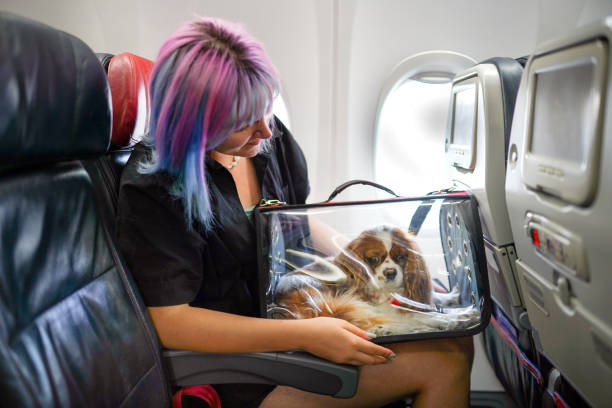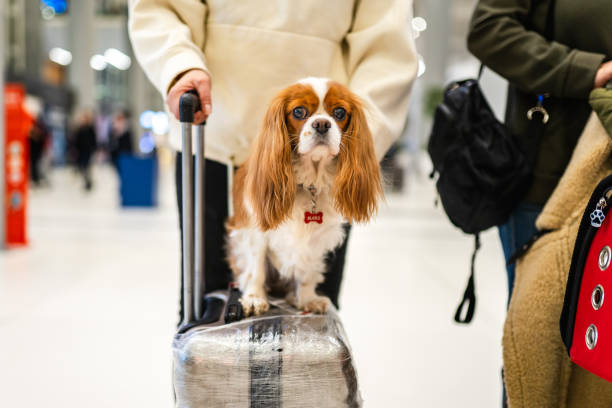If you’re moving or traveling and need to ship your pet, selecting the best method—ground or air—can be a life-changing decision. Both avenues have their perks, and the optimal decision will vary depending on your pet’s temperament, health, size, and the miles in question. Let’s detail what each mode of transport provides so that you can make an educated choice.
- Ground Transport: A More Familiar Journey
Ground transportation is a favorite for in-country moves. It’s less overwhelming for pets because it simulates a more similar setting—such as a car trip.
Benefits:
- Comfortable Setting: Your pet remains in an air-conditioned vehicle with fewer pressure changes and noise than an airplane.
- Hands-On Attention: A lot of pet ground transportation services provide frequent feeding, walking, and checking breaks. Some even have one-on-one handlers.
- Good for Older or Nervous Pets: Ground transportation is generally smoother for pets that easily get nervous or are health-conscious.
Disadvantages:
- Longer Travel Times: Travel takes longer by road, particularly between states or for long distances.
- Availability Varies: Not all areas have professional ground pet shipping services available, and prices will depend on distance and type of service.
- Air Transport: Quick but Needs Preparation
Air transport is best when you have to move your pet over long distances or abroad. But with it are some issues and regulations.
Benefits:
- Time-Saving: Flying is the quickest method of transferring your pet from big distances or from one country to another.
- Worldwide Accessibility: Suitable for global relocations or trans-continental travel where driving is not feasible.
- Standardized Safety Procedures: Airlines adhere to stringent procedures to allow pets to travel safely in the cabin or cargo compartment.
Disadvantages:
- Stressful Journey: Noisy environment, new surroundings, and separation from owners can cause stress, particularly for sensitive animals.
- Breed & Size Limitations: Airlines limit particular breeds or large pets for safety reasons.
- Less Human Interaction: Pets traveling in cargo are not provided with individual attention aboard.
- Choosing the Best Option for Your Pet
Here’s a brief guide to help you make the right decision:
Select Ground Transport if:
- Your pet is old or has special requirements.
- You’re going a reasonable distance.
- You prefer constant updates and customized treatment.
Select Air Transport if:
- You’re relocating overseas or across the country.
- Your pet is healthy and accustomed to travel.
- Speed is crucial to your deadline.
Last Thoughts
Your pet’s comfort and well-being must be the primary concern in any travel plan. By considering the advantages and disadvantages of each mode of transport and adding your pet’s requirements to the equation, you’ll be able to select the best option that provides a comfortable, stress-free ride for your pet.
In case of uncertainty, discuss matters with your veterinarian and a reputable pet transport company to help navigate through the process.




